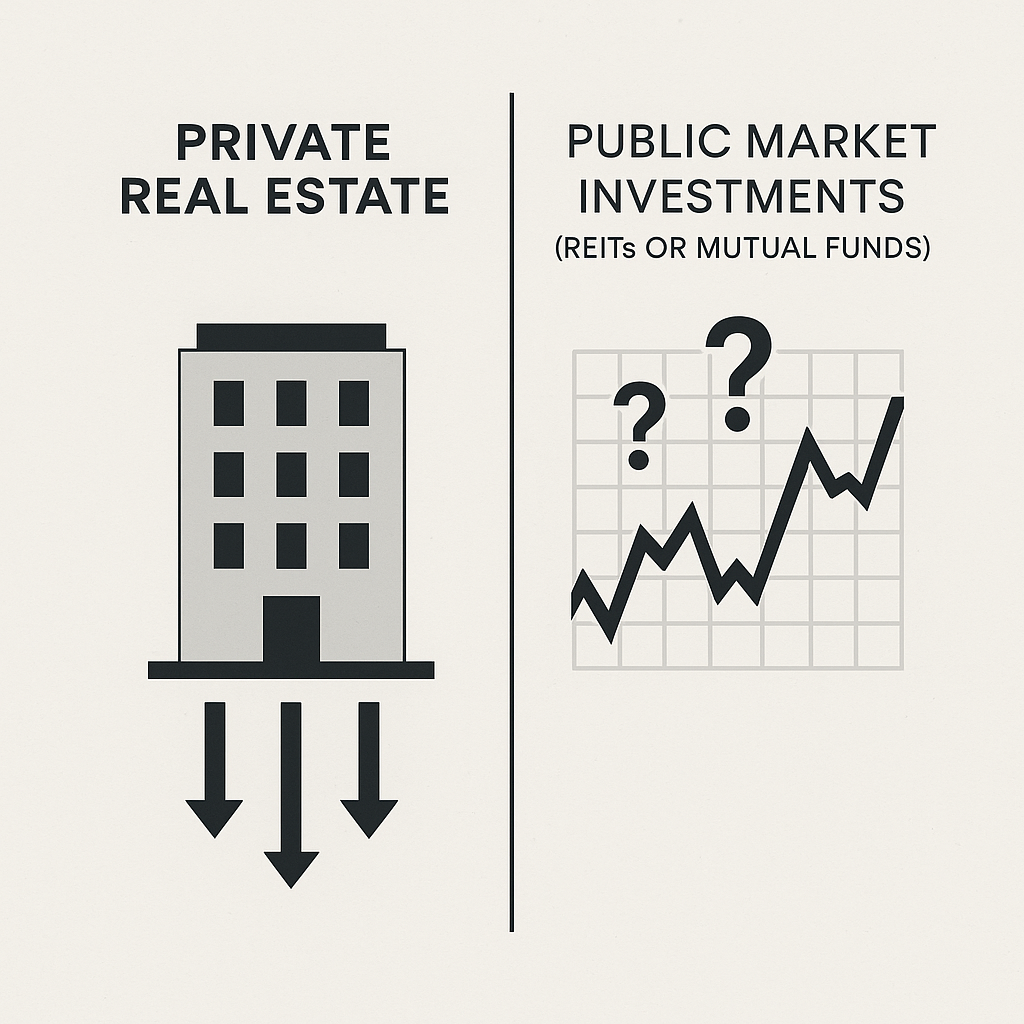Introduction: Risk Isn't the Enemy—Misunderstanding It Is
Real estate can make you wealthy. It can also make you lose sleep. But most outcomes—good or bad—aren’t about the market. They’re about structure.
At Infinity⁹, we approach every real estate deal with the same principle we apply to every investment: "There are no bad markets, just bad strategies."
The real question isn’t whether real estate is risky. It’s how you handle the risks that exist.
Common Misconceptions About Real Estate Risk
Let’s start with what many investors get wrong:
- Myth #1: Real estate always appreciates. Markets can go flat for years. Without the right capital structure, even a "good" asset can underperform.
- Myth #2: Leverage is always beneficial. Over-leverage magnifies losses. Smart debt usage is about control, not aggressiveness.
- Myth #3: Location trumps all. A great location doesn’t save a deal with bad underwriting, poor operations, or misaligned incentives.
- Myth #4: Diversification solves everything. Spreading capital thinly across poorly structured deals can create more exposure, not less.
What Actually Makes Real Estate Risky
Risk in real estate doesn’t come from the asset type alone. It comes from:
- Poor alignment between operator and investor
- Overly optimistic underwriting
- Bad timing without buffers
- Debt that outpaces cash flow
- Lack of downside protection
What seems like a property risk is often a structure risk.
Structured Mitigation: The Smarter Approach to Risk
Risk doesn’t need to be eliminated. It needs to be understood, priced, and positioned.
Infinity⁹ applies several key principles to every real estate investment:
- Capital stack discipline: We never let debt dictate the deal. Equity must be appropriately protected.
- Underwriting to stress scenarios: We evaluate base case, downside, and disaster case—every time.
- Aligned incentives: Our participation and returns depend on performance, not placement.
- Reserves and contingencies: Cash cushions aren't luxuries. They're essential.
The result? A portfolio with resilience—not just yield.
Real Estate Isn’t the Problem. The Wrong Structure Is.
Institutional-quality real estate isn’t inherently risky. What’s risky is buying into a structure you don’t understand—or one that hides the true downside.
We’ve seen Class A buildings in top-tier cities underperform because of aggressive debt and poor execution. And we’ve seen secondary-market properties outperform expectations because they were structured with discipline.
Your outcome depends more on who’s structuring your deal than where the building is located.
How to Rethink Your Risk Framework
If you want to build smarter real estate exposure, ask better questions:
- What’s the true downside scenario, and who absorbs it?
- How much leverage is involved—and why that level?
- Is the operator incentivized to protect capital, or just raise it?
- Are there reserves? What happens in a liquidity crunch?
- Who underwrote the projections—and what assumptions are baked in?
Risk doesn’t disappear in private markets. But it becomes far more navigable with the right structure.
Conclusion: Strategy Over Sentiment
If you’re relying on headlines or anecdotes to make real estate decisions, you’re not investing—you’re speculating.
The strongest investors don’t chase returns. They build frameworks. That’s the core of our work at Infinity⁹.
With the right partners, real estate isn’t something to fear. It’s a tool to build durable wealth—even in uncertain times.







